Ditch the Flip Flops and Other Tips to Keep Summer Feet Happy and Healthy from Topical BioMedics
Rhinebeck, NY (PRWEB) July 01, 2014 -- Standing for hours, walking on hard surfaces, wearing non-sensible shoes—that’s a day in the life of a foot. Feet have a lot of demands made on them and are often taken for granted until they start to ache and develop problems.
The human foot is made up of 26 bones, 56 ligaments, and 38 muscles—which translates to roughly 25% of the bones and the muscles in our entire body. And every day, feet absorb about 1,000 lbs. of force. By the time a person reaches their 50th birthday, s/he will have walked more than 70,000 miles. No wonder foot pain is the third most common medical complaint, with 80% of the U.S. population suffering from some kind of food ailment during their lifetime.
Here are some tips that are good for the sole and will help stave off pain so we can stay foot loose and fancy free this summer
STEP INTO THE RIGHT SHOES
If the shoe fits…wear it! Treat your feet right by protecting them with proper, foot-friendly shoes. Unfortunately, some of the most popular summertime shoes are also the worst for feet. Here’s a rundown of the ones you should walk away from.
The Worst Offender: Flip Flops Fashionable thongs made of colorful rubber, sometimes adorned with rhinestones or flower embellishments, flip flops remain one of the most staple shoes of summer. They’re easy to slip on, easy to slip off, and—unfortunately—they also make feet more susceptible to pain and injuries.
Here are some reasons flip flops should not be worn, or at least not worn for any length of time. (They’re fine for lounging by a pool or at the beach, but not out pounding the pavement.)
--Flip flops offer no arch support. In fact, continuous walking in flat-soled footwear may cause the calf muscle to stretch, resulting in the Achilles tendon getting strained. Also, wearing shoes without support on a regular basis can cause knee, hip and back problems.
--Because flip flops are thin and flimsy, feet hit the ground with more intensity/greater impact, which is more jarring to bones and joints.
--Flip flops and other backless shoes cause toes to “over grip” in order to keep them on your feet, which can throw your gait and balance off kilter, increasing the risk of tripping by as much as 70%.
--Flip flops can aggravate foot deformities such as bunions and hammertoes, and also contribute to such painful conditions as plantar fasciitis.
--The thin rubber thong between the toes causes friction, which can result in irritation, blisters and abrasions between the toes that may become susceptible to infection. Diabetics should be particularly wary of wearing flip flops if they have disease-related neuropathy because they won’t be able to feel any irritation until there is a significant problem.
--Flip flops leave feet totally exposed, making them vulnerable to cuts and scrapes. In addition, their thin soles are easily punctured by shards of glass, nails, splinters, etc., opening the door to more injuries.
--Not only are flip flops typically not made in an environmentally conscious fashion, their rubber soles are porous, which makes them a breeding ground for funguses, bacteria, and other germs. This unhealthy environment can lead to athlete’s foot, warts, and other conditions and infections.
THE BETTER CHOICE: When it comes to easy and breezy summer shoes, sandals would be a better choice. But if you insist on flip flops, be sure to invest in a good, well-constructed, quality pair that offers support. The best: those with an orthotic foot bed, which are now designed to look more fashion forward.
OTHER OFFENDING FOOTWEAR
BALLET FLATS: Delicate little ballet flats always seem to be en vogue. They are cute, with a sole as flat as a pancake—which means that they present the same problems as flip flops in terms of lack of support.
SNEAKERS SANS SOCKS: The right sneaker or athletic shoe offers great support and comfort. But don’t skip socks or you’ll create an environment that’s friendly to breeding bacteria.
RUBBER/PLASTIC “CLOGS”: This style of shoe has become extremely popular for adults and children, but is not meant for long-term, real-world wear. Unless you have purchased a name-brand expensive pair, your feet may be in for all kinds of bacteria/fungus issues. And be forewarned, there have been news reports over the past several years that individuals wearing soft-soled clogs—especially children—are getting their toes caught in escalators, and suffering from significant injuries as a result.
--HIGH HEELS: Podiatrists say more than half of Americans regularly experience aching feet, and that that 80% of those who go for treatment are women. No doubt high heels have something to do with that. Compounding pain issues is the fact that women walk, on average, three miles farther than men each day. And, according to a survey by the American Podiatric Medical Association (APMA) 65% of women spend more than four hours a day on their feet.
High heels look fashionably fabulous—but are brutal for feet. Wearing them can lead to Plantar fasciitis, Achilles tendonitis, sprained and swollen ankles, forefoot pain, blisters, aching feet, hammertoes, corns and calluses, lower back pain, knee strain, as well as other painful conditions.
Despite the health hazards, women are not about to give up their heels. Here are some tips for reducing the physical dangers of wearing these towering shoes.
--Make sure the heels fit well. Studies show that 88% of American women wear shoes that are too small. As we age, feet expand, so it’s helpful to have them measured periodically.
--For maximum comfort and best fit, try on shoes at the end of your day, as feet swell as you stand and walk around.
--Try on both pairs of shoes, as your feet may not be identical in size and the shoes may not be identical in size as well.
--Consider high heeled shoes with an “air bag” or very comfortable sole that protects your feet from rubbing and provides shock absorption. If the shoes you love do not have a padded sole, get a cushy insert.
--Spend less time perched on high heels. Limit your walking and standing when wearing high heels, and whenever possible give your feet a break during the day by switching to more comfy shoes, at least for a while.
-- Apply Topricin Foot Therapy Cream to feet before strutting out in heel to prevent the risk of pain and injury, and then again afterward to help relieve any burning, throbbing nerve pain in the feet. As an added plus, Topricin also soothes and moisturizes dry, cracked skin of the feet and eliminates “ashy heel.”
WHEN SOMETHING’S AFOOT
Here are other ways to keep your feet happy and healthy.
--Swelling in the lower extremities may be a sign of poor protein assimilation. If you suffer from swollen feet and ankles, try switching from meat, poultry and fish to more bioavailable proteins like whey and legumes.
--Elevate your legs for 15 or 20 minutes to reduce swelling. This is especially important if you tend to cross your legs, which hinders circulation and causes blood to “pool” in your feet.
---Diabetics often suffer from swelling feet, and have a tendency to have more pressure inside their foot which is said to be the cause of initial skin breakdown and lesions. The best course of action for diabetics to take is to see their primary care physician/podiatrist on a regular basis and keep their blood sugar under control. Elevating feet and icing them are helpful, followed by applying Topricin after the cold therapy.
--Treat your feet to a massage. At the end of a long day, a good foot rub feels great and does wonders for your feet. Look for a foot roller that is specially designed to massage the soles of the feet, or roll your bare feet over a tennis ball or golf ball.
--Soak in relief. Treat your feet to a nice relaxing warm bath with Epsom salts, which will help relax your muscles, reduce pain, and sedate the nervous system as well as help drain toxins and reduce swelling. Another technique that’s refreshing and stimulating is to fill one basin with cold water and another with hot. Start by placing your feet in cold water for five minutes, then switch to the hot, and repeat. What happens is this “hydro massage” alternately dilates then constricts the blood vessels in your feet, which boosts circulation.
--Work it out. Exercise can help relieve your feet’s aches and pains. Here are a few suggestions:
--A simple exercise is to first point, then flex, your feet, which helps stretch out the small muscles on the bottom of the foot.
--Stand and raise both heels up so that you’re on the balls of your feet, and hold for 10 seconds (repeat 10 times).
--Try scattering some pens and pencils on the floor, and pick them up with your toes, one at a time.
--Feet that have been cramped in shoes all day will benefit from this exercise in resistance: wrap a thick rubber band around all the toes (one foot at a time). Spread your toes open as far as you can, and hold for five seconds. (Repeat this stretch and release 10 times.)
--Sweaty feet are not only uncomfortable, but can lead to health issues because it makes feet more susceptible to infections. Most people do not hydrate sufficiently enough and their body temperatures will normally rise, depending upon their level of activity. Water also regulates your body’s natural internal temperature—which equals less sweating. In addition to drinking plenty of water, try using talc-free powders and natural deodorants, such as “crystal” deodorant, on your feet. You may also want to take your shoes off periodically throughout the day so your feet can “air out.”
--Maintain a balanced PH. Some simple, natural ways are to take the supplement acidophilus; immerse feet in hot water with a combination of Epsom salts and natural apple cider vinegar. (Vinegar corrects PH on skin, helps reduce itching, and neutralizes fungus; Epson salts help draw out toxins and neutralize fungus as well. In addition, Epson is very soothing for muscle aches and joint pain.)
--Apply Topricin Foot Therapy Cream evenings and mornings, and periodically during the day to maintain happy, healthy, pain-free feet. It targets ankles ankle and foot pain and contains fourteen natural medicines that support and assist the body by helping the subcutaneous skin layers of the feet to drain toxins and excess fluids from the tissues which increases blood flow and helps heal the damage that is causing the pain. In addition some the natural biomedicines in the formula have antifungal and antibacterial properties.
--See your doctor or podiatrist immediately if you have concerns about any foot issues.
THE TOPICAL BIOMEDICS “GET RELIEF, GIVE RELIEF” MISSION
For over 20 years, the Topricin project has assisted hundreds of thousands of people suffering with pain and those addicted to painkillers to achieve fully restored and robust healthy living. Unfortunately, millions of people continue to suffer in pain, with many experiencing the hazardous side effects of OTC chemical pain pills or negative effects of narcotic Rx painkillers—an epidemic that turns the lives of American families upside down and is undermining the very fabric of our country.
Because of the company’s experience in addressing these challenges, it has launched its “Get Relief, Give Relief” initiative: for every purchase of Topricin, Topricin Foot Therapy, or Topricin for Children ordered directly from the company, it will donate a tube of Topricin to a credible pain clinic on the customer’s behalf…Free.
The company invites the public to join its army of pain relief warriors determined to help those in need by ending suffering and painkiller addiction and restoring hope and the joy of living life to the fullest. To “Get Relief, Give Relief,” order from http://www.topricin.com or call 1-800-LES-PAIN (537-7246). http://www.youtube.com/watch?v=82JWJxGxHZ0
ABOUT TOPICAL BIOMEDICS
20 years in business and a Certified B Corporation, Topical BioMedics is a research and development leader in topical patented natural biomedicines for pain relief. The company’s flagship product, Topricin® Pain Relief and Healing Cream, was introduced in 1994 and is now a leading natural therapeutic brand. A combination biomedicine formula, Topricin has been awarded a patent for the treatment of pain associated with fibromyalgia and neuropathy, and was listed among the Top 100 Green Products of 2012 by Healthy Holistic Living.
The Topricin family of natural healing products also includes Topricin Foot Therapy Cream, specially formulated to treat painful foot and ankle issues and conditions, and Topricin for Children, which received the Parent Tested Parent Approved Seal of Approval (with 5% of sales donated to pediatric cancer foundations). Made in the U.S.A., all Topricin products are federally-regulated over-the-counter medicines with no known side effects, no parabens, petroleum, or other harsh chemicals, no grease, and no odor.
Topical BioMedics now offers TopTrack, a new app for on-the-go pain tracking and monitoring. TopTrack is available free of charge for iPad via the App Store, and will roll out on additional devices in the coming months. http://bit.ly/1rIQD89.
Topricin is available in independent pharmacies, natural food and co-op stores nationwide, including Whole Foods, Sprouts, Pharmaca, The Vitamin Shoppe, Fred Meyer, Wegmans, CVS (Foot Care Section), Walgreens (Diabetic Section), and other fine retailers, as well as directly from the company.
For more information visit http://www.topricin.com.
SOURCES:
Topical BioMedics
Everyday Health
WebMD
eHow
Consumer.org
Timesunion.com
Emedicinehealth.com
Everydayhealth.com
Patricia Martin, Topical BioMedics, Inc., http://www.physical-knead.com, +1 845-876-8445, [email protected]
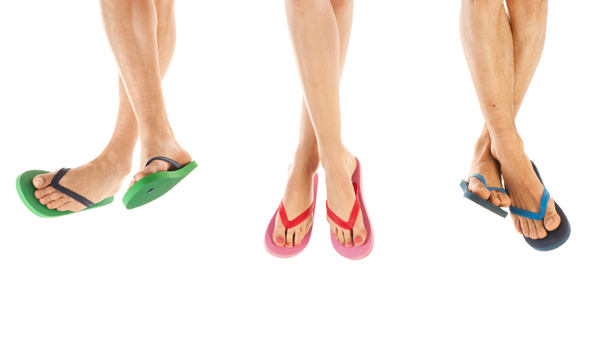
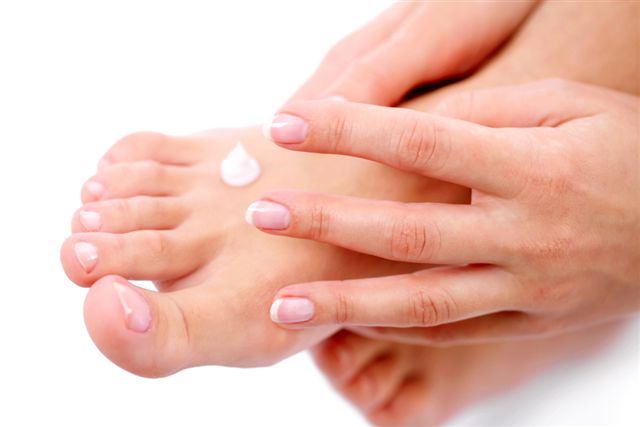
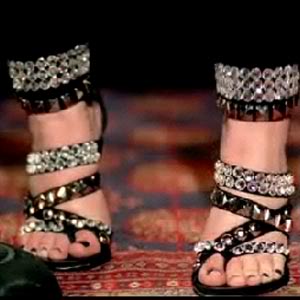
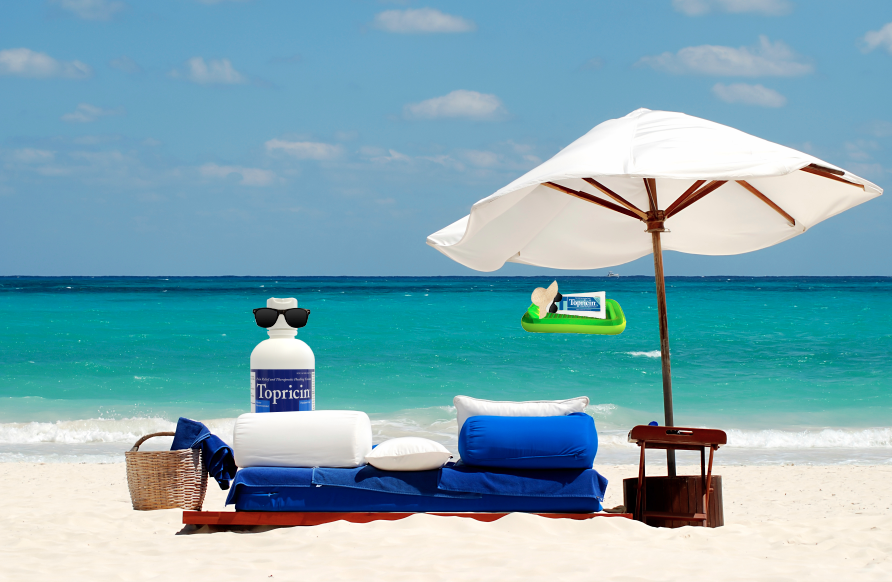
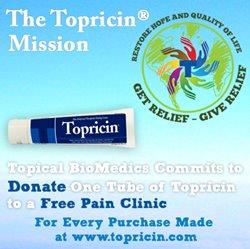
Share this article